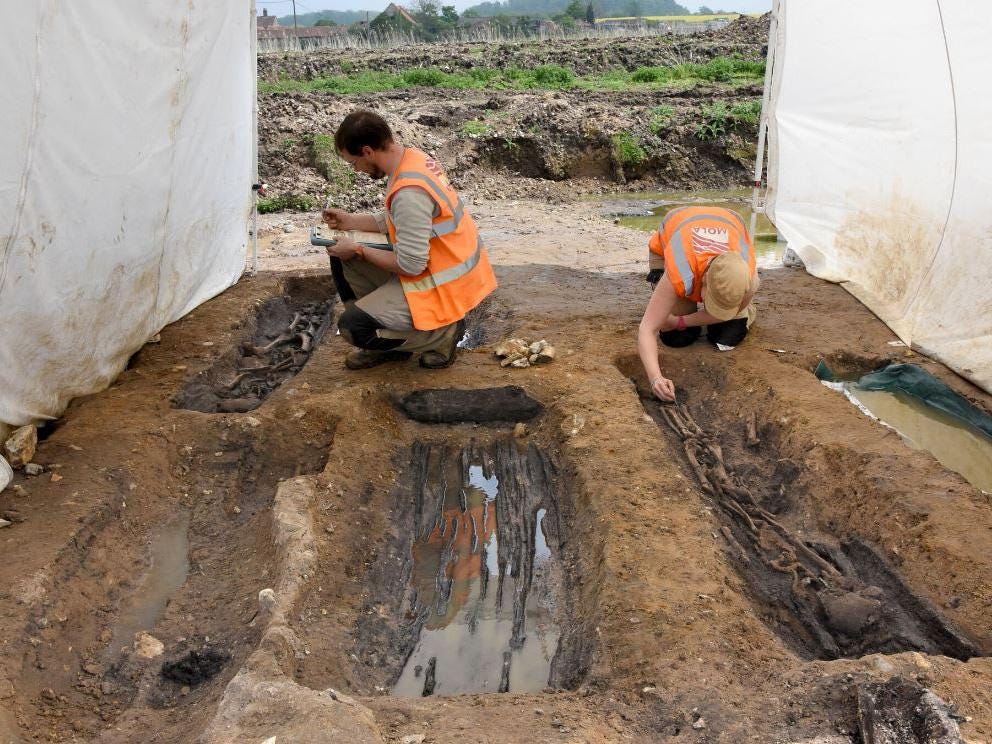Almost 80 wooden coffins excavated at Great Ryburgh in Norfolk provides fascinating insight into the lives and deaths of Dark Age Anglo-Saxons
Our Dark Age Anglo-Saxon ancestors ended up in coffins made of decidedly substandard timber – according to new archaeological research.
In the first ever group of Dark Age wooden coffins ever unearthed in Britain, investigators have found that they were mostly made of poor quality knotted timber and that some of them were even slightly curved.
It appears that quality wood was so valuable that unknotted straight timber tended to be reserved for making planks and posts for buildings.
Read the rest of this article...


